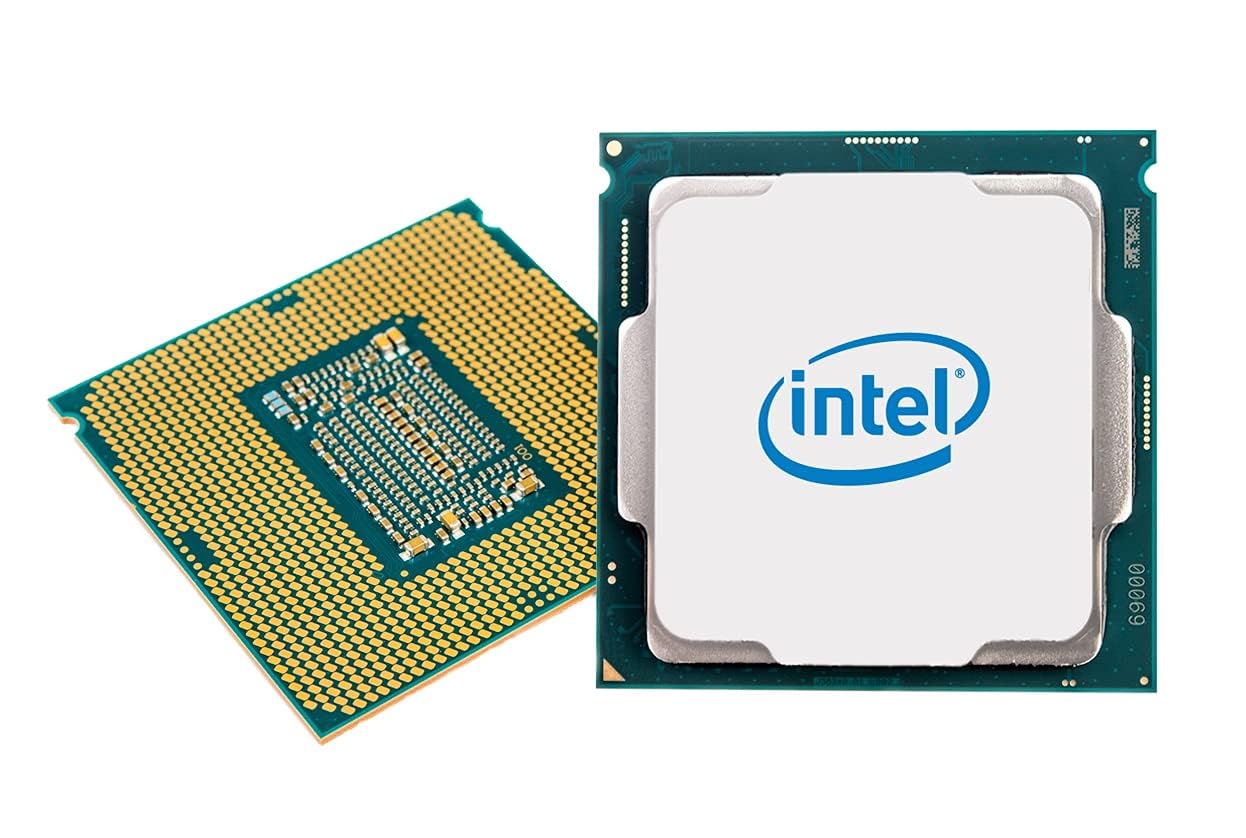What Is AES-NI CPU Crypto and How to Enable It?


KEY TAKEAWAYS
- AES-NI is a CPU instruction set that accelerates AES encryption/decryption using hardware-based processing.
- Provides 3x–10x performance improvement over software-only AES implementations.
- Enhances security by reducing side-channel and timing vulnerabilities.
- Offers energy efficiency, which is crucial for mobile devices and data centers.
- Supported by both Intel and AMD processors on most modern systems.
- Applications like OpenSSL, BitLocker, VeraCrypt, and VPN software benefit directly from AES-NI.
In today’s digital era, data security and encryption efficiency are paramount. The Advanced Encryption Standard New Instructions ( is a powerful technology integrated into modern CPUs that dramatically accelerates encryption and decryption tasks using hardware-based instructions.
Understanding what AES-NI CPU crypto is, its benefits, and how to enable it can assist leverage quicker, more secure cryptographic operations, particularly in applications such as VPNs, secure web servers, and data storage. This article provides a comprehensive explanation of AES-NI CPU crypto and a practical guide to enabling it.
What Is AES-NI CPU Crypto?
AES-NI stands for Advanced Encryption Standard New Instructions. It is a set of specialized processor instructions developed by and also supported by AMD, designed to accelerate the performance of the AES encryption algorithm through hardware acceleration. AES is a widely used method essential for securing sensitive data by encrypting and decrypting blocks of information.
Traditional AES implementation relies on software routines, which can be computationally intensive and sluggish, especially for bulk data encryption. AES-NI offers a major performance boost by offloading these complex operations to CPU hardware, dramatically speeding up encryption and decryption processes while simultaneously lowering CPU load.
AES-NI includes six instructions that focus on key functions of AES encryption: rounds of encryption and decryption, key generation, and transformation. These instructions efficiently execute cryptographic math in fewer CPU cycles, resulting in performance gains ranging from 3x to 10x over purely software-based AES.
How AES-NI Works
The AES algorithm encrypts fixed-size blocks (128 bits) of plaintext into ciphertext through multiple transformation rounds, depending on the key length (128, 192, or 256 bits). Each round involves several steps, such as substitution, shifting, mixing, and adding round keys.
AES-NI wraps these operations into hardware instructions like AESENC (single encryption round) and AESENCLAST (final encryption round), accelerating the process while mitigating side-channel attacks common in software implementations.
Beyond performance, AES-NI also enhances security by executing in constant time without data-dependent branches or look-up tables, reducing exposure to timing attacks and cache side-channel leaks that software AES may suffer.
Why Is AES-NI significant?
With extensive use cases relying on quick and secure encryption web HTTPS sessions, Virtual Private Networks (), disk encryption, secure file transfers, and , AES-NI has become crucial for optimizing cryptographic workloads on modern devices.
Key benefits of AES-NI include:
- Significant Speed Improvements: Hardware acceleration can improve encryption speeds by up to 10 times compared to software-only AES.
- Lower CPU Overhead: Frees up CPU resources for other tasks while performing cryptographic work.
- Stronger Security: Hardware execution reduces risks of side-channel attacks.
- Energy Efficiency: Hardware encryption consumes less power, especially beneficial in data centers and mobile devices.
Systems that do not leverage AES-NI when available waste valuable performance and potentially consume more power.
How to Check if Your CPU Supports AES-NI
Before enabling or using AES-NI, it is essential to verify whether your processor supports this instruction set.
On Linux Systems
Here’s how to check if your CPU supports AES-NI on Linux systems:
- Using cpuid tool:
Install cpuid if not available:
text
sudo apt-get install cpuid
Run:
text
cpuid | grep -i aes
If output contains “AES instruction = true,” your CPU supports AES-NI.
- Using /proc/cpuinfo:
text
grep -m1 -o aes /proc/cpuinfo
Presence of “aes” means AES-NI support.
- Using lscpu:
text
lscpu | grep -i aes
On Windows Systems
Here’s how to check on Windows systems:
- Use system information tools such as CPU-Z to verify AES-NI support.
- Alternatively, system manufacturers or CPU datasheets confirm AES-NI capability.
How to Enable AES-NI on Your System
AES-NI is primarily controlled at the BIOS/UEFI firmware level and the operating system/kernel support.
Step 1: Enable AES-NI in BIOS/UEFI
Although most modern processors have AES-NI enabled by default, sometimes motherboards disable it. To enable:
- Reboot your computer and enter BIOS/UEFI setup (commonly by pressing DEL, F2, or F10 during boot).
- Navigate to the processor or security settings.
- Look for options labeled “AES-NI,” “Intel AES New Instructions,” “Advanced Encryption Standard,” or “CPU Hardware Encryption.”
- Ensure it is set to “Enabled.”
- Save and exit BIOS.
If you cannot find the option, consult your motherboard manual or manufacturer’s website.
Step 2: Ensure Operating System Support
Modern OS kernels such as Linux, Windows 10/11, and macOS include built-in drivers and modules to utilize AES-NI if the hardware supports it.
- On Linux, the kernel detects AES-NI automatically once enabled in the BIOS.
- On Windows, support is integrated and used natively by system encryption technologies like BitLocker.
- Make sure your cryptographic libraries (, LibreSSL, etc.) support AES-NI for application acceleration.
Step 3: Enable AES-NI in Applications
Many encryption tools and server software support AES-NI acceleration, but may require enabling or recompiling.
For example:
- OpenSSL: Automatically uses AES-NI if available. You can verify with:
text
openssl engine -c
- VPN software: Check if AES-NI is enabled for IPsec or OpenVPN encryption.
- File encryption: Tools like VeraCrypt or BitLocker use AES-NI when available.
Verifying AES-NI Is Active and Utilized
later than enabling AES-NI in BIOS and OS:
- Run benchmark tests comparing AES encryption speed before and later than to note improvements.
- Use system monitoring or cryptographic software logs to confirm AES-NI usage.
- On pfSense or firewall appliances, system logs often show “AES-NI CPU Crypto: Yes,” indicating hardware acceleration is active.
- Linux users can examine CPU flags and kernel modules to confirm.
Troubleshooting Common Issues
Try the following steps to resolve common issues:
- AES-NI Supported but Showing Inactive: This often means AES-NI is disabled in BIOS or the OS kernel module is missing or blacklisted. Re-enable in BIOS or update drivers.
- Processor Too Old: Older CPUs may not have AES-NI instruction sets.
- Virtualized Environments: Some virtual machines may not expose AES-NI to guests unless configured specifically.
- OS or Application Lacks Support: Update cryptographic libraries or software versions to ensure AES-NI benefits.
AES-NI: Unlocking Hardware-Powered Encryption for quicker, securer Computing
As cyber threats grow in sophistication, quick and secure encryption is essential. AES-NI CPU crypto stands at the intersection of performance and security, accelerating the Advanced Encryption Standard with hardware-level efficiency.
Whether managing personal data or operating a cryptographic server infrastructure, leveraging AES-NI maximizes cryptographic throughput and secureguards critical information.
By ensuring AES-NI is supported and enabled on your CPU, you take an significant step toward achieving optimal security performance in cryptographic operations.
FAQ
What does AES-NI stand for?
AES-NI stands for Advanced Encryption Standard New Instructions, a set of hardware-level commands that speed up AES encryption and decryption on Intel and AMD CPUs.
Why is AES-NI quicker than software encryption?
AES-NI offloads cryptographic operations directly to the CPU hardware, processing encryption rounds in fewer cycles, often achieving up to 10x speed improvements.
Does AES-NI make encryption more secure?
Yes. AES-NI executes in constant time without data-dependent branches, minimizing the risk of timing or cache-based side-channel attacks found in software AES.
How can I check if my CPU supports AES-NI?
On Linux, run cpuid | grep -i aes or check /proc/cpuinfo. On Windows, use CPU-Z or your manufacturer’s documentation to confirm AES-NI support.
How do I enable AES-NI on my system?
Enter your BIOS/UEFI settings and ensure the “AES-NI” or “CPU Hardware Encryption” option is enabled. Modern OSs like Windows, Linux, and macOS detect it automatically.
What types of applications benefit most from AES-NI?
VPNs (like OpenVPN or IPsec), HTTPS web servers, disk encryption systems, and secure file transfer applications view the greatest performance gains.







